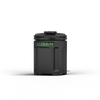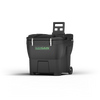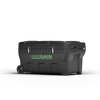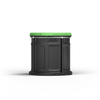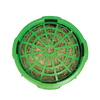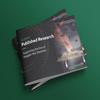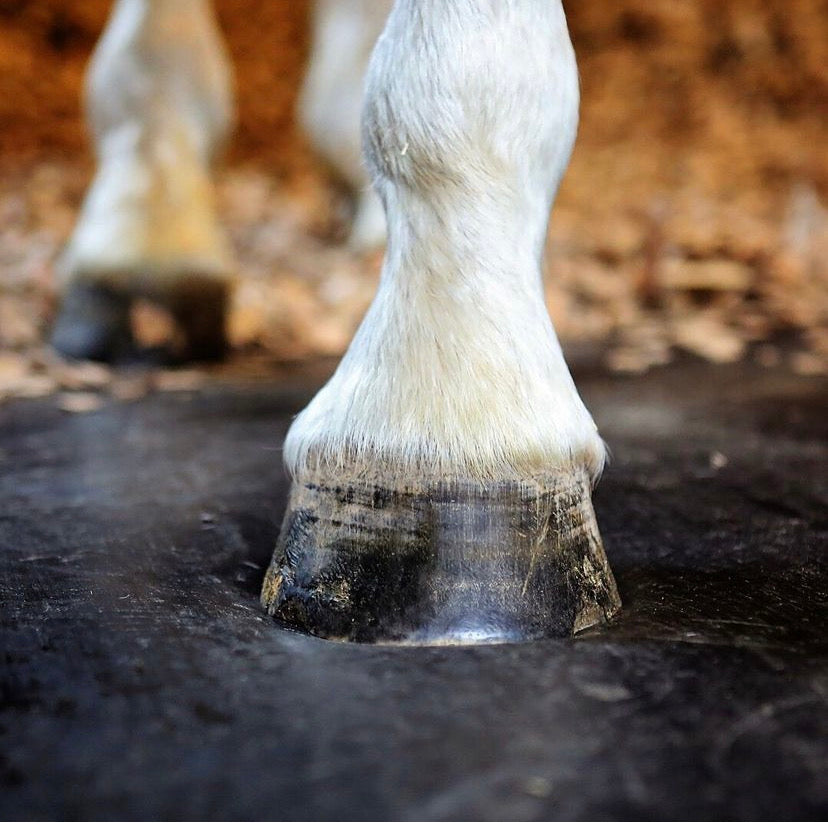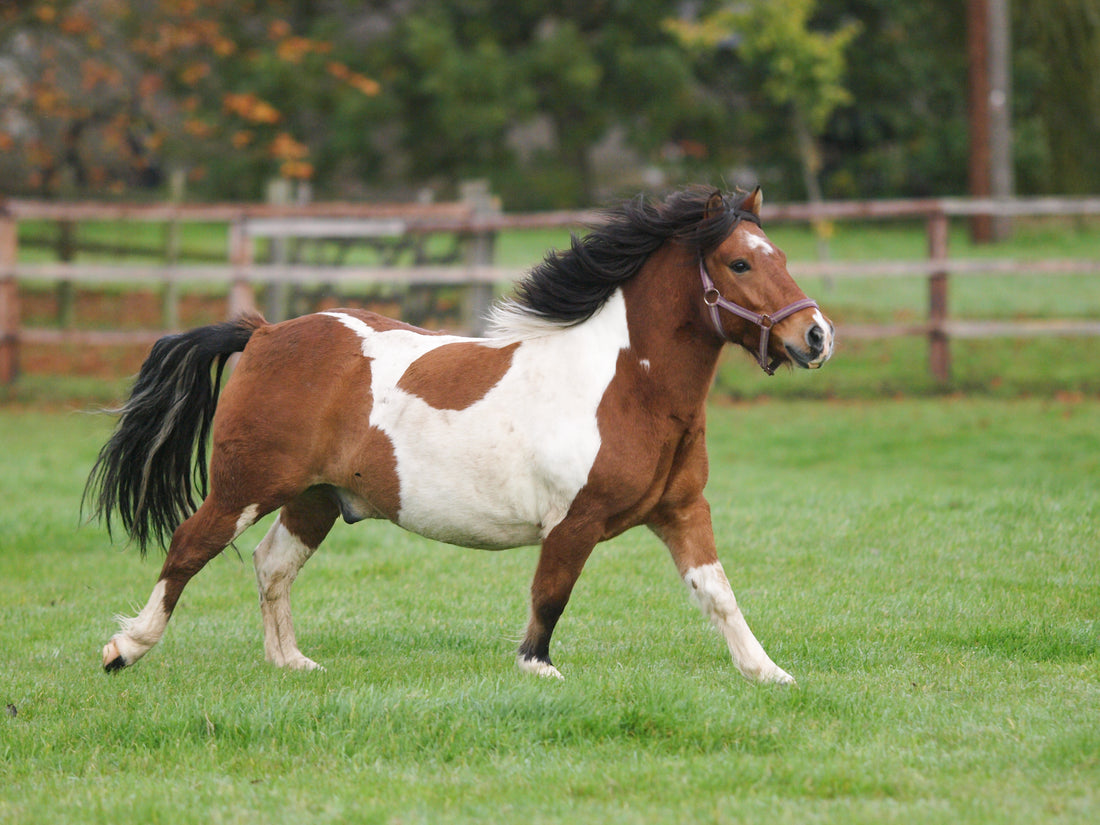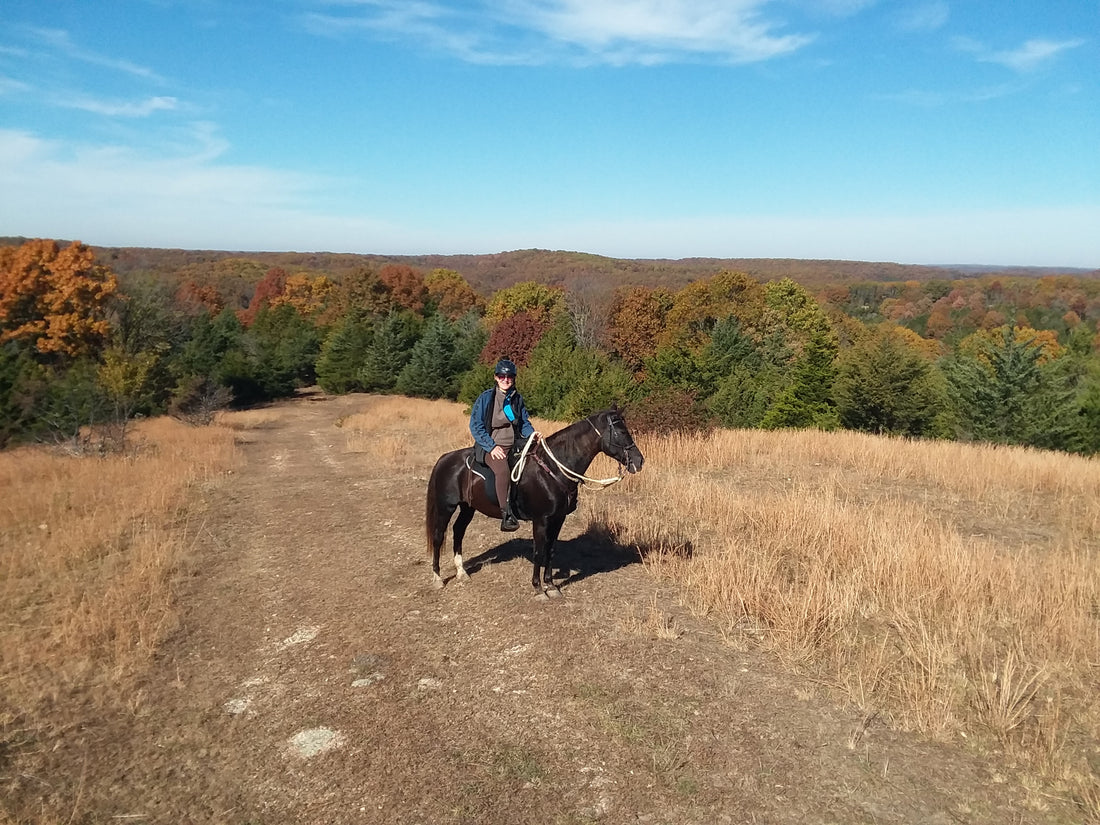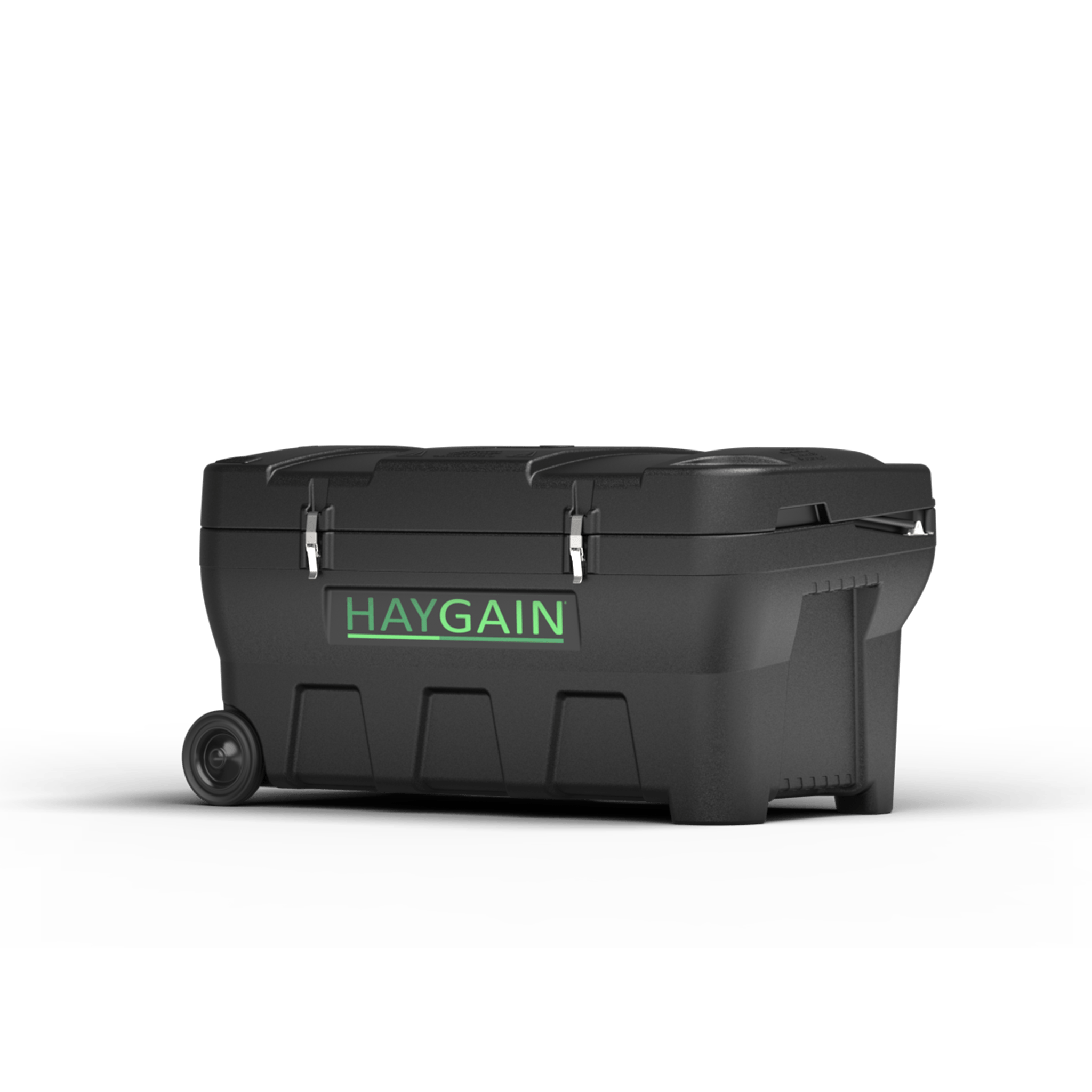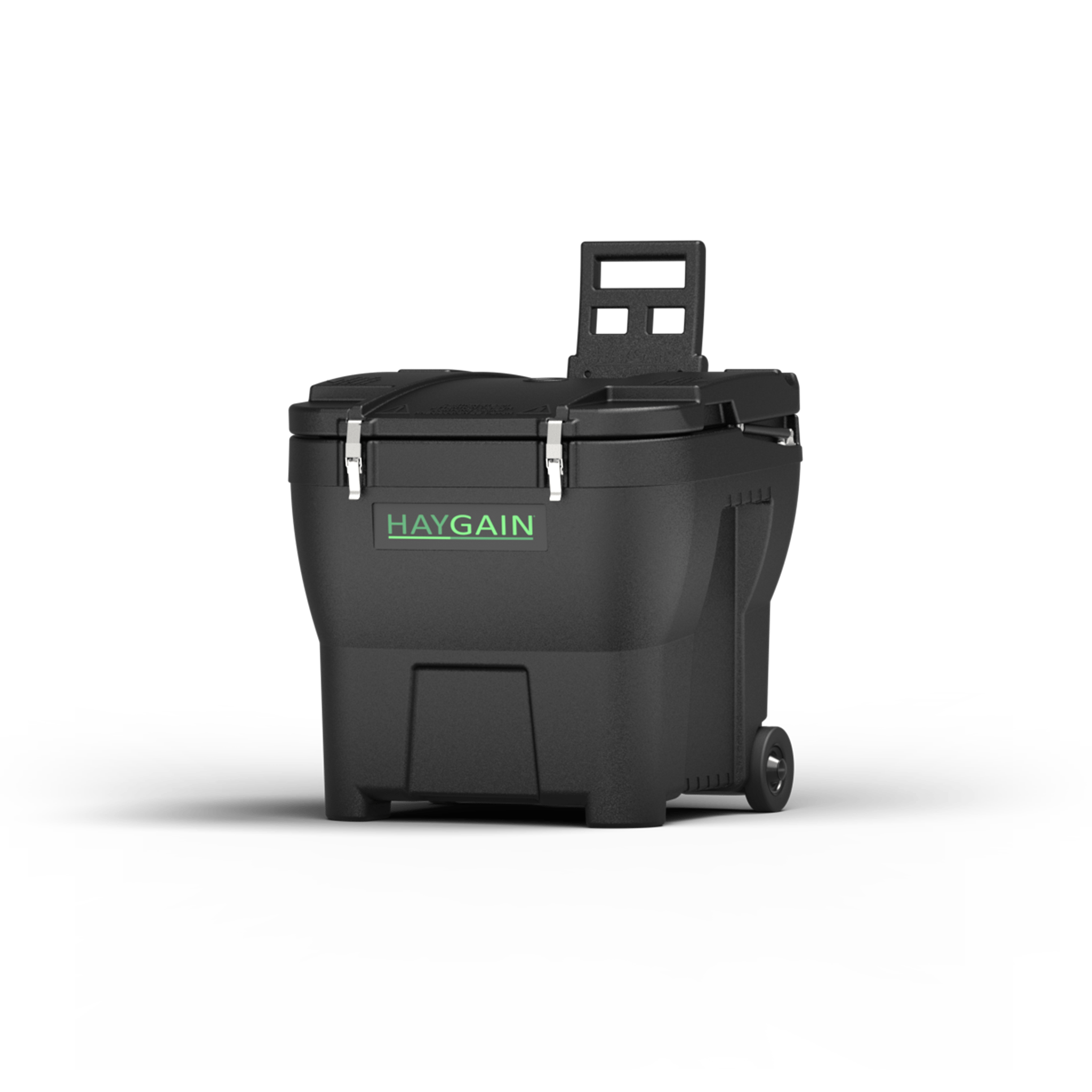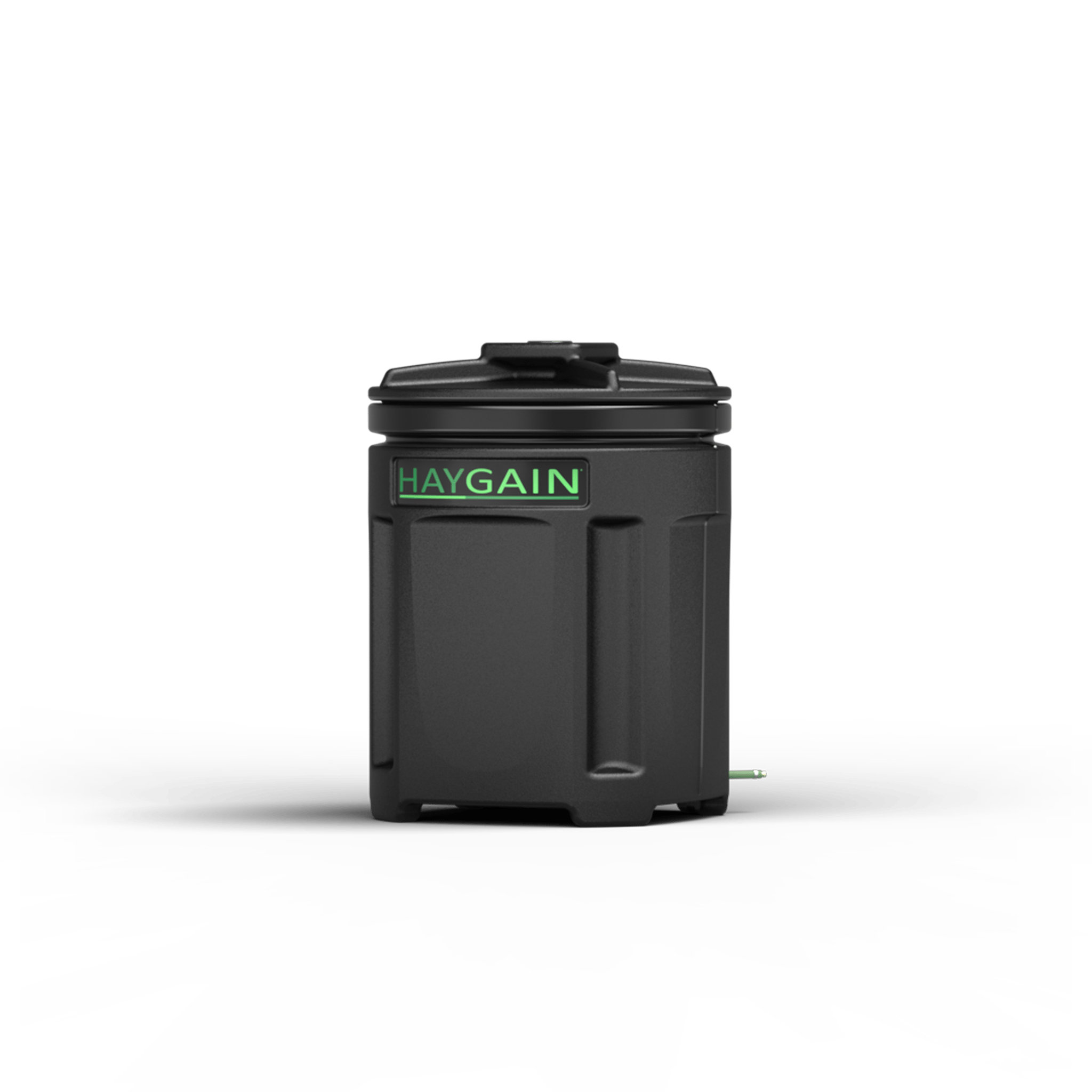25/11/2021
5 Ways Your Horse Says He’s Not Breathing Easy
By Kim Miller | Equestrian Writer
Mr. Ed’s veterinarian had it easy. The talking horse of 1960s TV fame could tell his vet exactly where it hurt or when something wasn’t quite right. Real life horses can’t do that.
Of course, severe issues are obvious: A three-legged limp. Excessive loose stools or no stools at all. An oozing wound.
Respiratory distress usually starts in far more subtle ways, often without clear symptoms. Like all horse heath issues, catching them early is critical to your horse’s immediate well-being and to preventing conditions from quietly getting worse until long term damage is done. Most vets would like to see your horse at the earliest hint of a respiratory problem.
Five Ways Your Horse is Telling You He’s Not Breathing Easy
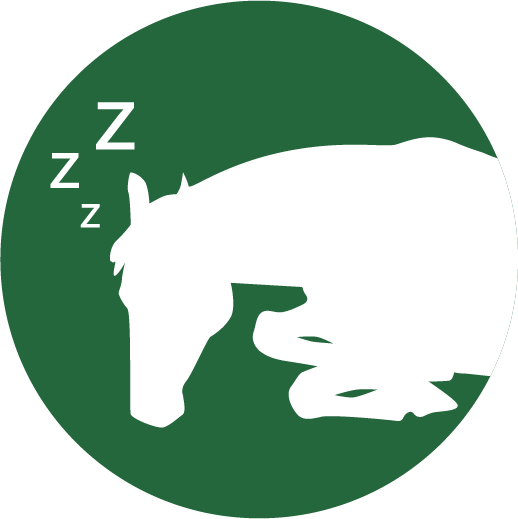
1. “I’m tired.”
“If you have a horse that feels tired, takes longer to recover, feels heavy to work, instead of changing the food or adding vitamins, you should first consider it could be a respiratory issue,” Dr. Emmanuelle van Erck-Westergren told WorldofShowJumping.com in a recent feature on equine respiratory health. “This can happen without classical symptoms like coughing or discharge from the nose.” Van Erck-Westergren is a prominent sport horse veterinarian based in Belgium.
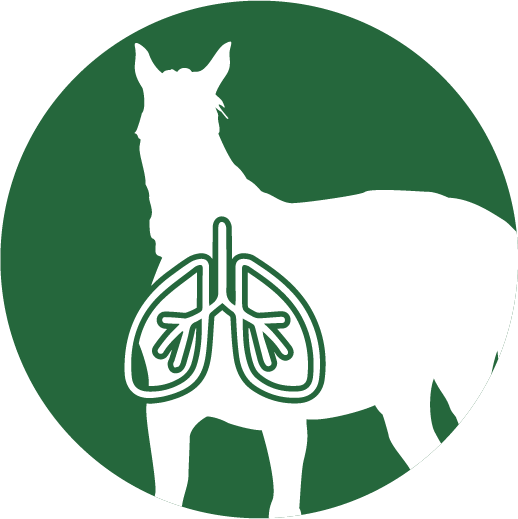
2. “I’m a little out of breath.”
Elevated at-rest respiratory rate and longer-than-normal returns to baseline respiration after exercise indicate your horse is having to work harder to get the oxygen he needs. Horses need a lot of oxygen: their bodies are over 60% muscle, and muscles run on oxygen.
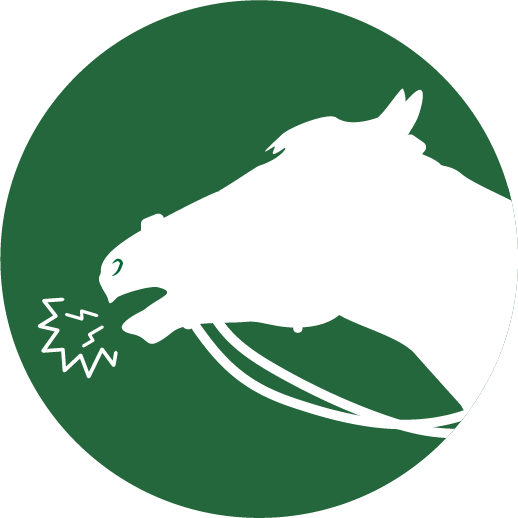
3. “I coughed.”
“It appears to be commonly believed that it’s okay for a horse to cough a few times when warming up,” explains David Marlin, an equine science expert and consultant. “It’s not. It indicates respiratory disease.” Even though many horse owners report their horse doesn’t cough, Marlin observes that few owners actually spend enough hours of the day with their horse to really know if or how often they cough.
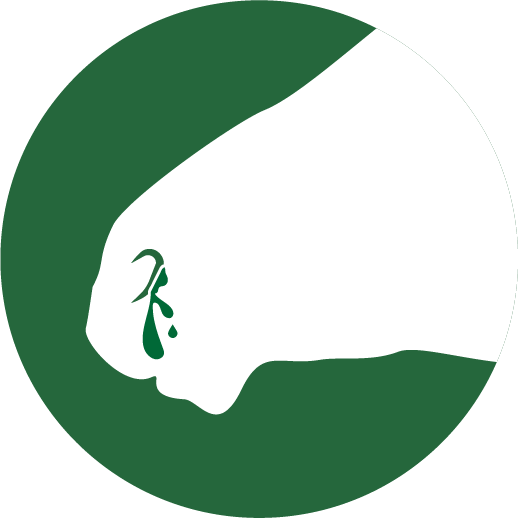
4. “I have a runny nose.”
Clear or mucoid discharge out of both nostrils is a common reaction to dust and other irritants in the horse’s environment and of conditions on the Equine Asthma Spectrum. Often, a runny nose is the only obvious symptom of respiratory disease.
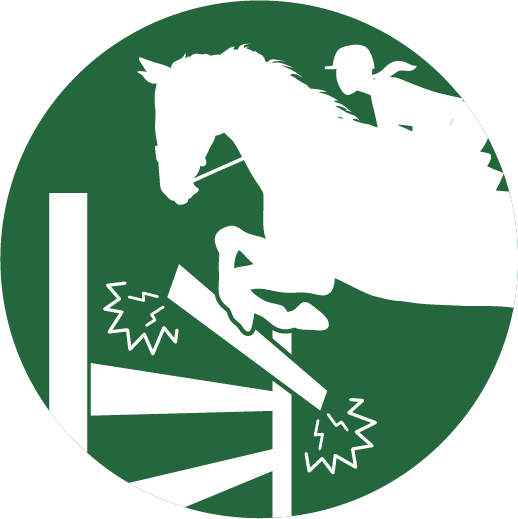
5. “I’m off my game.”
Most vets agree that respiratory compromises are the #1 performance limiter in otherwise sound horses. Unusual rails at the end of the course? A sliding stop that falls short of the mark? Or a passage that poops out…? Think respiratory function.
Haygain Can Help
Reducing respiratory risks in the horse’s environment is a great way to halt respiratory problems in their early stages and, better yet, help prevent them. The Haygain Way consists of three core products that can help.
1. Haygain High Temperature Hay Steaming reduces up to 99% of the respirable dust found even in hay of good nutrient quality. Hay is grown in dirt, harvested with heavy machinery then often transported on highways and stored for long periods. It’s natural that it’s loaded with microscopic bits of mold, bacteria and other allergens that can infiltrate the respiratory tract and cause irritation and inflammation.
2. The Forager Slow Feeder by Haygain retains the forage’s post-steam hygienic quality by containing it off the floor. The Forager provides a healthier approach to slow feeding than wall-hung hay nets. When the horse yanks the hay out of the net, he unleashes more dust in the worst possible place: his breathing zone.
3. ComfortStall Sealed Orthopaedic Flooring. Along with hay, bedding is a big contributor to unhealthy barn air quality. Comfortstall’s built-in cushion reduces the need of bedding to only that required to absorb urine. The durable rubber Top Cover seals to the stall wall, creating an impermeable surface through which urine cannot seep to the stall base. Urine seepage and accumulation is typical with traditional stall mats, as is the ammonia odour that indicates further risk to the horse’s – and the human’s – respiratory system.
Listening to our horses is a tenet of good horsemanship. When it comes to recognizing respiratory challenges in their earliest stages, our horses have a lot to say.
TRENDING ARTICLES
